How LPI and LPD comms features can prevent information warfare attacks
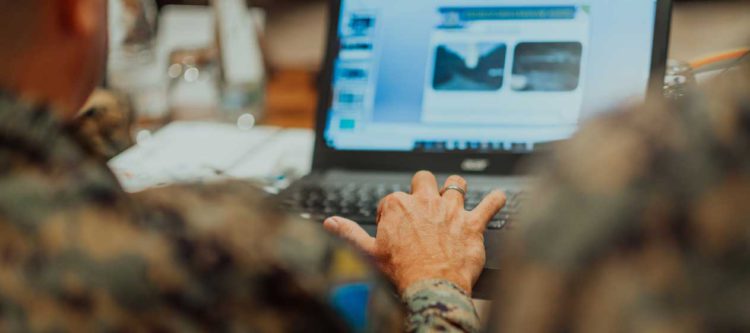
As the War on Terror came to an end, the U.S. military found itself facing a starkly different threat. With a Russian invasion of Ukraine ongoing and China increasing its military capability and threatening behavior in Asia, it became clear that our military once again faced a pacing threat – adversaries that have capabilities and weapons systems that are approaching what the U.S. and its coalition allies bring to the table.
The asymmetrical warfare that the Department of Defense (DoD) faced in places like Iraq and Afghanistan is gone. The adversaries that our military could face in the future are near-peer adversaries that understand our reliance on technology and can work to either deny our technological advantage or leverage it for their own benefit.
This is especially true regarding information warfare and the communications signals our military relies on for coordination and collaboration. Near-peer adversaries recognize the role that these signals play in our missions and will not only work to deny them but will also try to identify them to help disclose troop locations and movements.
To avoid this, the military is actively seeking radios and communications equipment that offers a low probability of intercept (LPI) and a low probability of detection (LPD). But that’s not entirely something that hardware can deliver. For communications signals to have LPI/LPD, it takes a combination of hardware and skills that – unfortunately – many of our warfighters have lost over time. Communicators have gotten too dependent on equipment alone, when referring to LPI/LPD you can’t talk those concepts with talking TTP’s (Tactics, Techniques, and Procedures).
The impact of asymmetrical war on warfighter skills
For much of the Cold War, warfighters were taught how to effectively “hide” their electronic footprint within the noise and environment of the battlefield. They would be taught to communicate only in advance of moving. They would be taught to keep messages and communications as short as possible. They would also be taught to stagger the amount of time between transmissions to avoid creating a discernible, noticeable pattern that would be indicative of the presence of military communications.
However, two major trends occurred during the War on Terror that resulted in a number of important and essential skills effectively being atrophied or forgotten by warfighters across our military:
1) Our adversary’s lack of sophisticated technology and capabilities meant that many of these obfuscation techniques and tips simply weren’t needed anymore. After all, if the adversary has no way to identify electronic signals, there’s no need to hide them.
2) A massive increase in budgets to fund the War on Terror following the 9/11 attacks was available for our military. This increase in budget enabled the military to dispatch more robust communications systems with each unit, ensuring that multiple individuals with knowledge of how to hide signals and operate communications equipment in a covert way were always available.
With these two converging trends, it simply wasn’t necessary for the average warfighter to learn the tips and techniques necessary to hide their radio and communications signals. Someone was always there that knew what to do and how to do it, and it simply wasn’t as important since the adversary was far less sophisticated than the near-peer adversaries we face today.
Unfortunately for our military, both of these trends have come to an end. The adversaries that we face today do have the equipment necessary to identify radio and electronic signatures and they also have the tools to deny them. Also, with decreased funding and tight budgets, the military has had to scale back the amount of communications assets that they deploy with the unit.
This means that today’s warfighters have atrophied the knowledge and skills needed to hide their electronic signals, and don’t have the help of professionals that can do it for them, they had gotten too dependent on equipment rather than tradecraft. So, what does our military have to do to ensure that their reliance on electronic signals and communications equipment doesn’t betray troop locations and that comms are always assured?
Equipment AND training are essential
As I referenced earlier, the military is always on the lookout for communications and situational awareness equipment that offers LPI/LPD. While there is no single piece of equipment that will deliver the LPI/LPD that they need without proper obfuscation techniques and activities, there are some communications tools and solutions that are – by their nature – harder for the adversary to identify and deny.
For example, today’s advanced mobile mesh networking solutions are ideal for warfighters that are facing more sophisticated adversaries. These solutions transmit quickly – with transmission times of less than a second. This short transmission time makes it significantly harder to discover the signal and use it to identify troop locations.
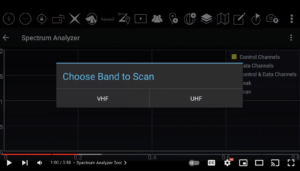
Considering the ability of today’s advanced mobile mesh networking solutions to deliver text communications and important location data, this makes them excellent tools for basic communications in places where adversaries may actively be scanning for radio signals and electronic signatures to identify the presence of – or location of – enemy troops. In fact, today’s mobile mesh networking solutions are even capable of integrating with and delivering the TAK application and its advanced communications and situational awareness capabilities to the warfighter.
But even mobile mesh networking signals can be identified by a smart, prepared adversary.
It’s safe to assume that the more sophisticated adversaries facing our military today are training their personnel on how to identify electronic signatures and radio signals. Even if these skilled adversaries are only seeing transmissions of less than a second, they could deduce that these signals indicate the presence of enemy troops if they see them being broadcast in a repeated and predictable pattern.
This is why hardware and equipment will never be enough. Even the radios and communications equipment that are LPI/LPD can’t do it all for the warfighter.
If the military is going to be prepared to face the near-peer, pacing threat of the future, there needs to be a concerted effort to not just equip warfighters with the right radio equipment and solutions, but to equip them with the right skills and techniques. This means that obfuscating radio signals and electronic signatures needs to once again be a part of the warfighter’s muscle memory used during cold war or pre 9/11 training methods and techniques.
LEARN HOW A MOBILE MESH NETWORK CONNECTS AIR-TO-GROUND OPERATORS AND MOVING ASSETS



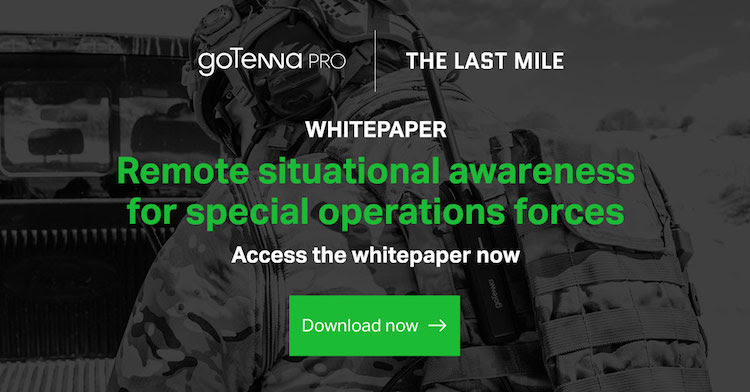

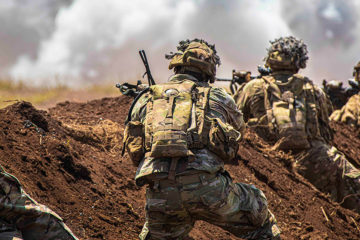
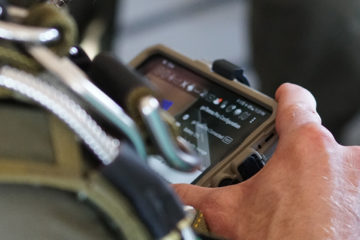


No Comment